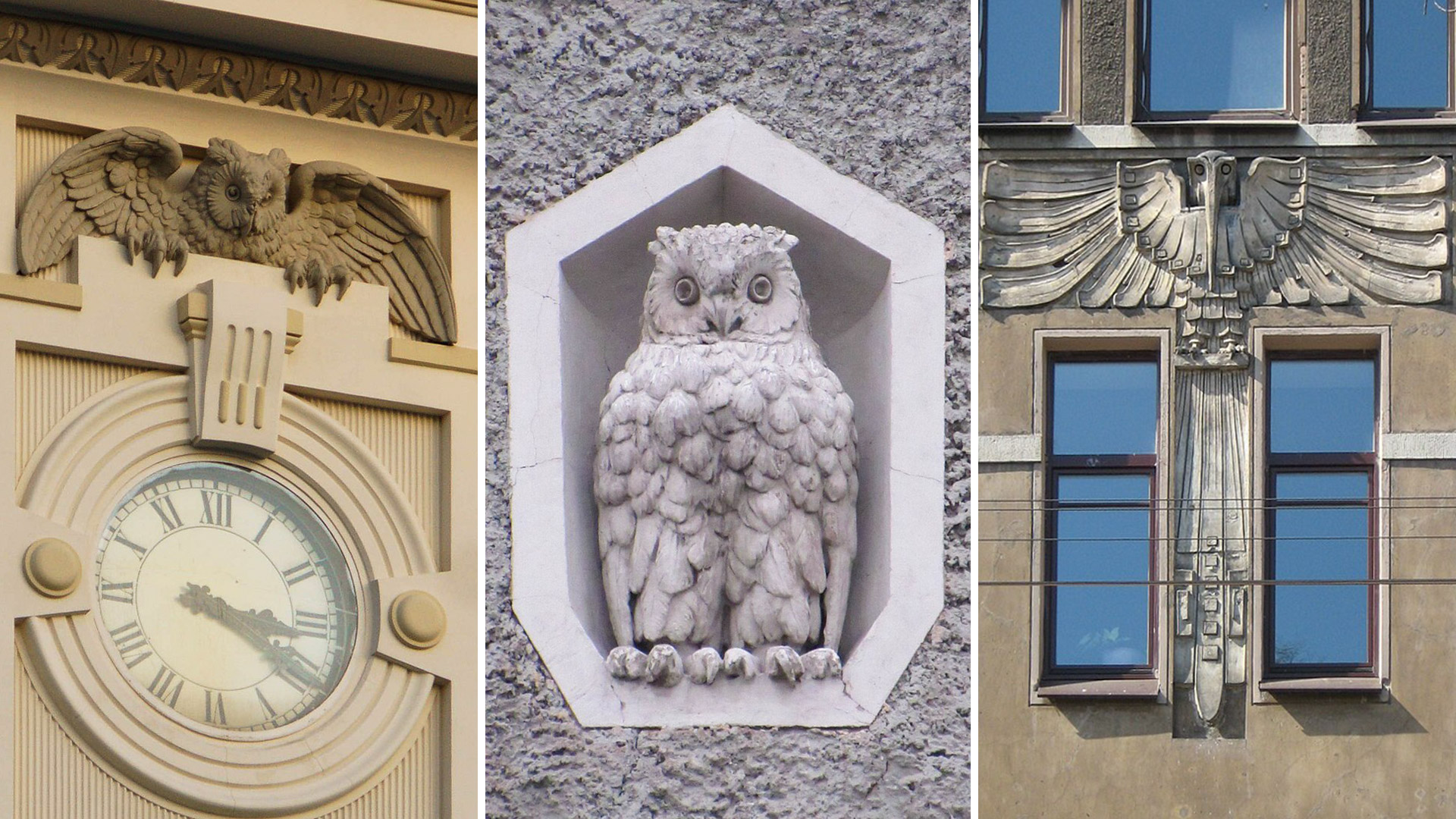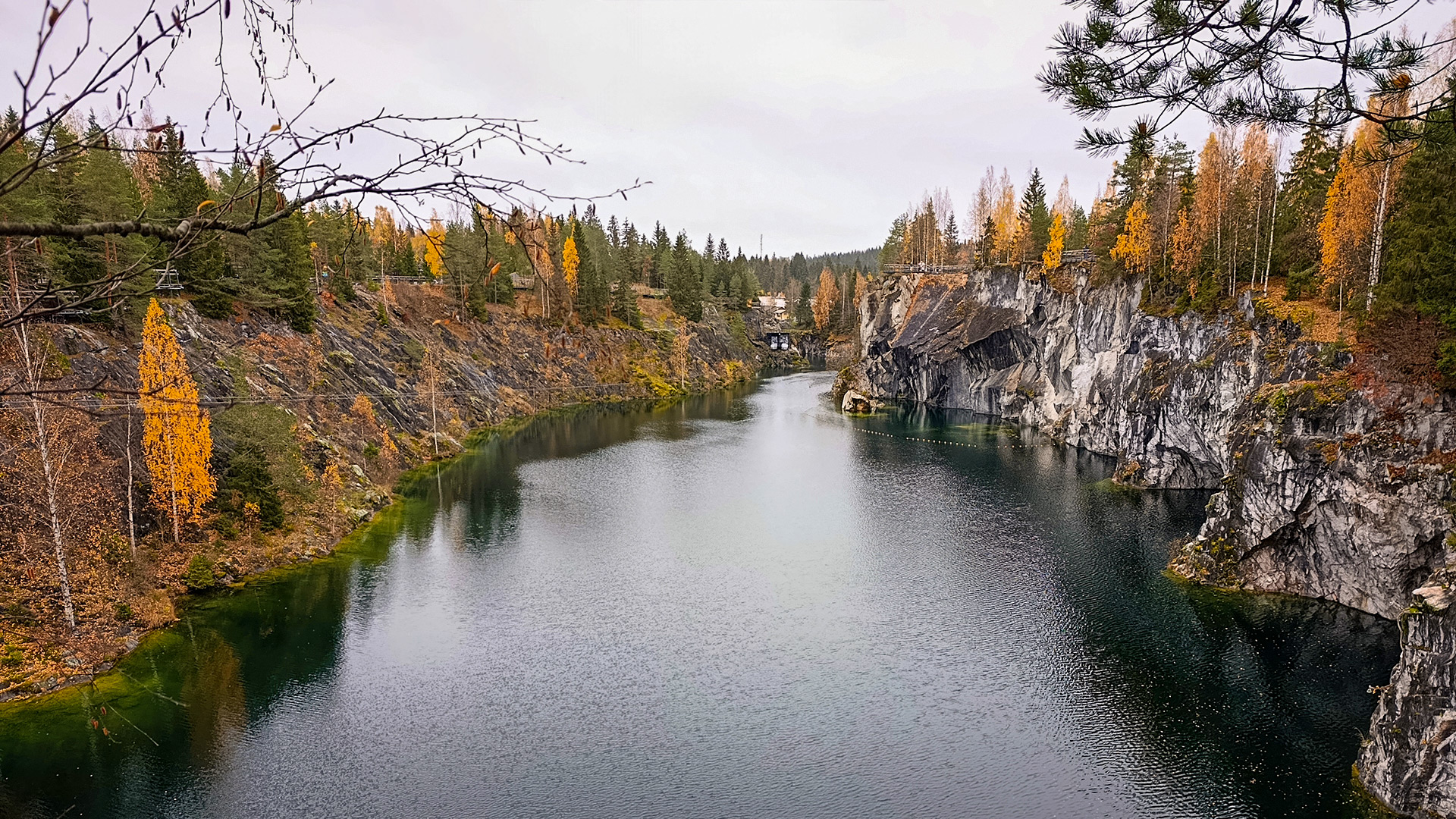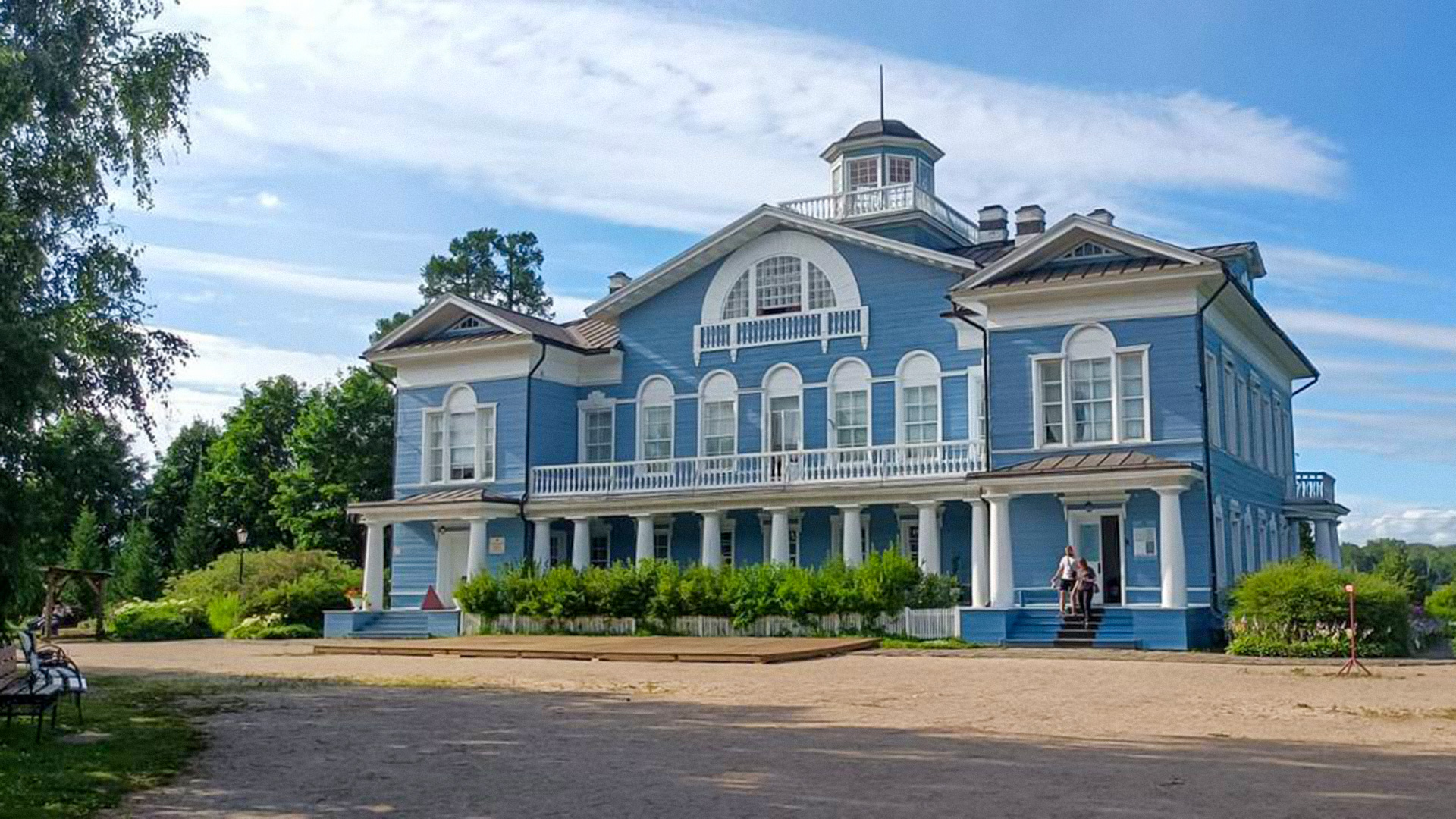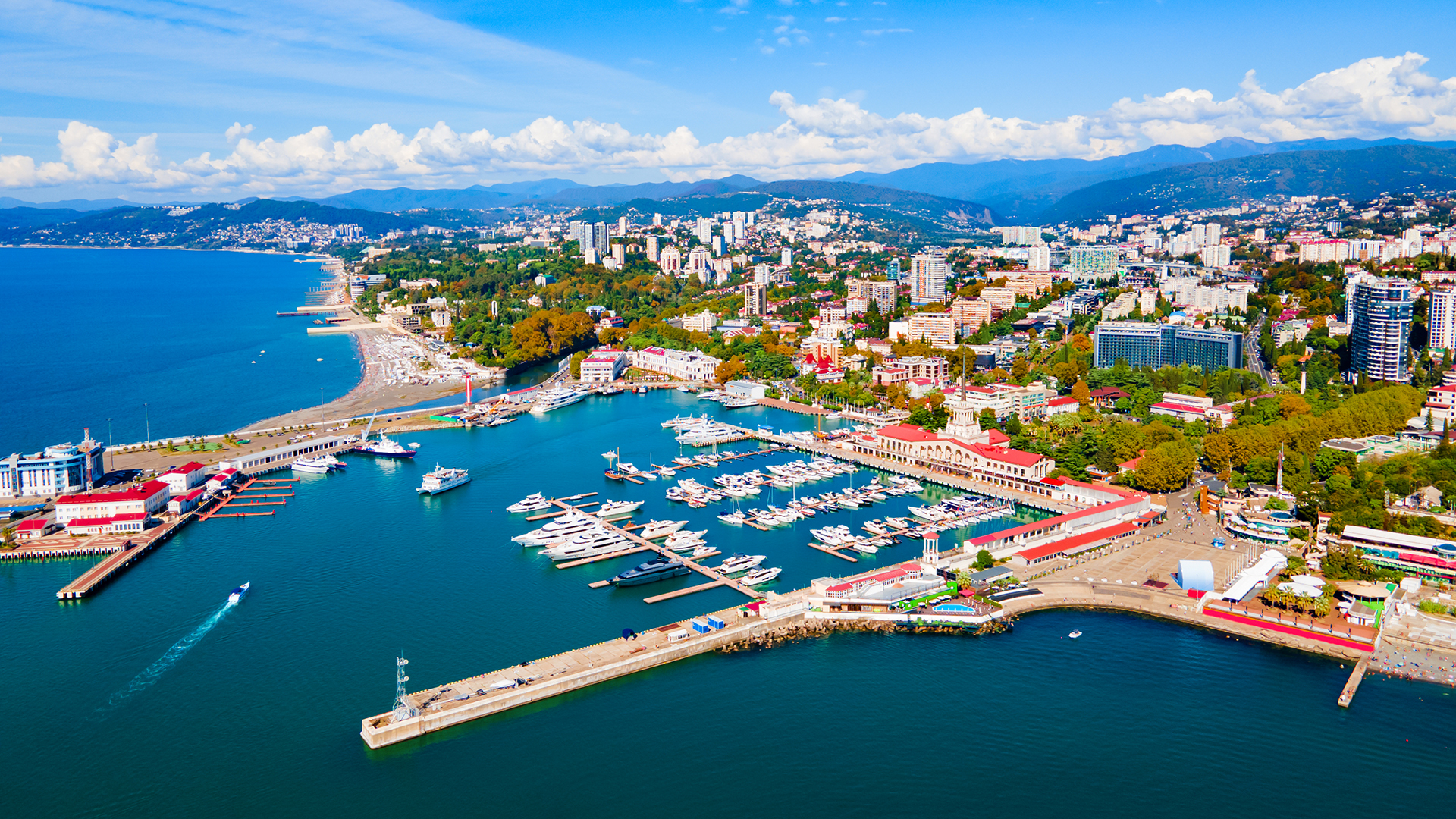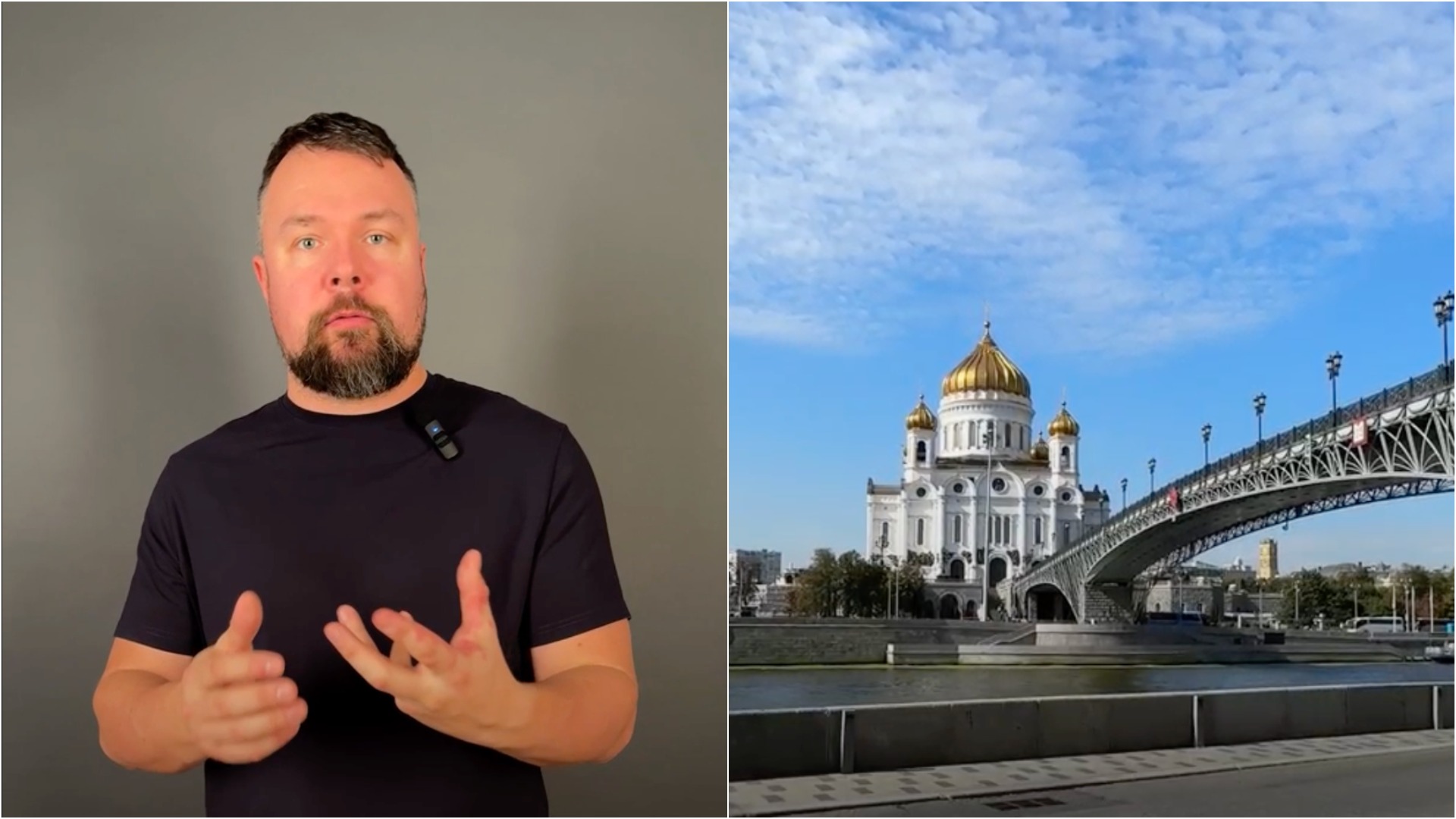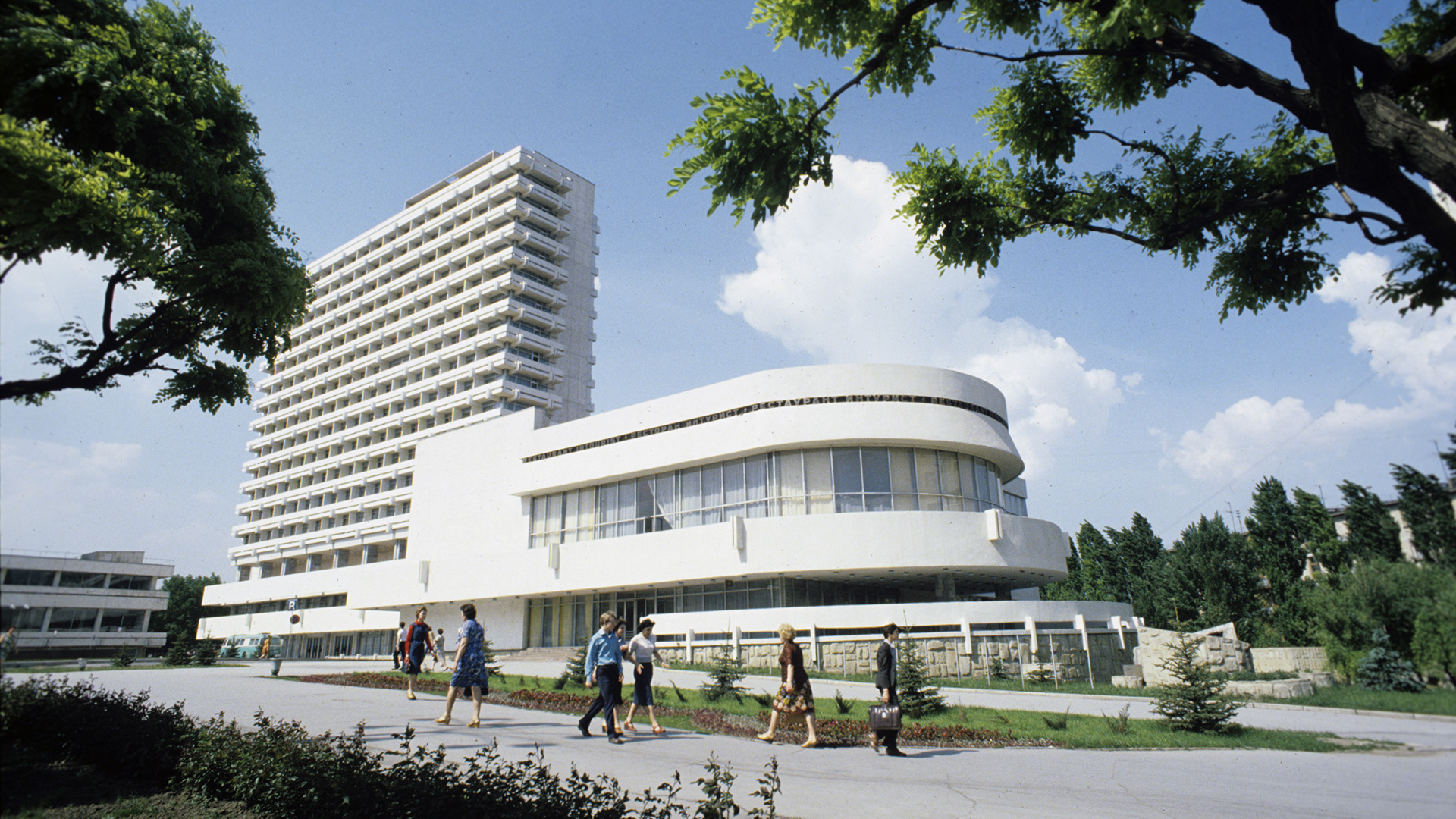
‘Khinkal’: The main national dish of Dagestan (PHOTOS)
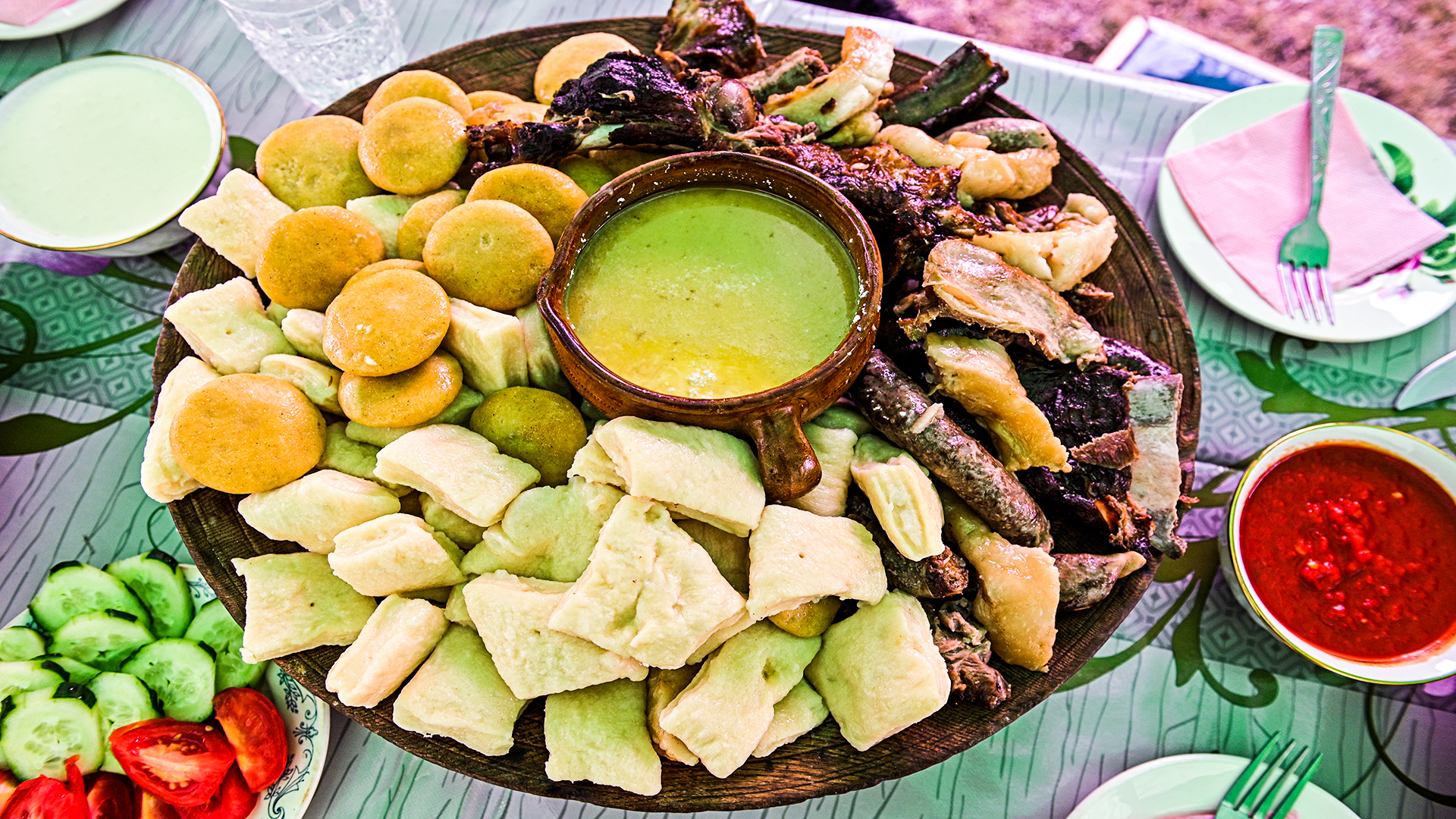
It’s believed that the word ‘khinkal’ originated from the Avar language (the most widespread language in Dagestan) and means a flour dish of variable shapes without filling.
You may have heard the word ‘khinkali’ (a similar word, but with an ‘i’ at the end). This is the name of a famous Georgian dish, a kind of dumpling in the form of a tied bag, with a meat and broth filling.

But, don't get them confused! The Dagestan ‘khinkal’ is a completely different dish. Although there are similarities, because the basis of ‘khinkal’ is also made up of similar ingredients.
The most important thing in ‘khinkal’ is the boiled meat, most often lamb or beef (these days, you can also find a light version with chicken or turkey in restaurants). When the meat is cooked, pieces of dough are boiled in the broth.
Everything is then served separately on the table: the meat, the pieces of dough and the broth in a separate cup, which is usually accompanied by a homemade sauce (tomato with garlic or sour cream).
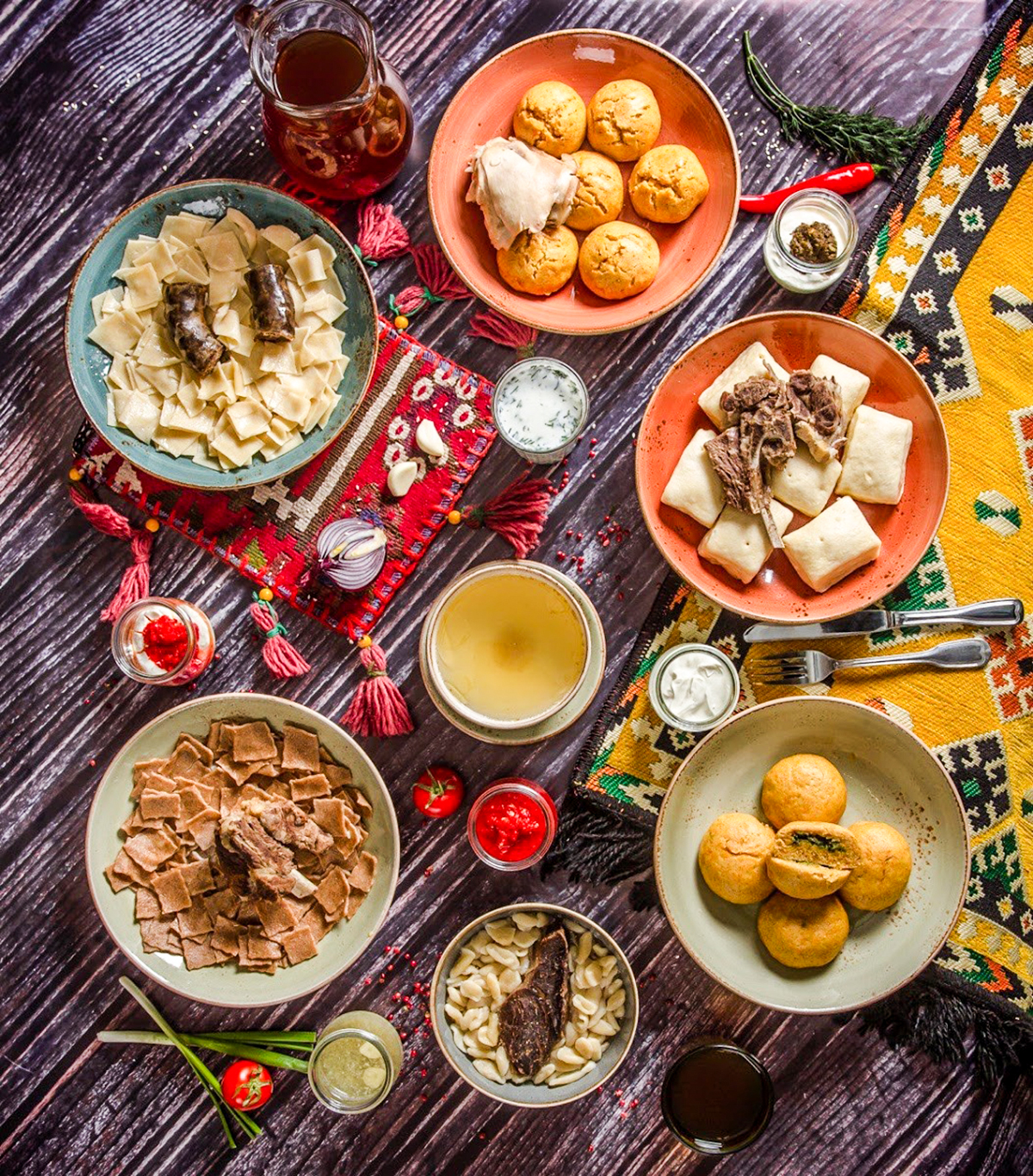
Dagestan is home to many ethnic groups and each has its own variety of ‘khinkal’. The main difference is in the shape of the dough pieces. The Avar ‘khinkal’ has large and plump dough pieces. The Lezgian ‘khinkal’ has thin pieces, the Lak ‘khinkal’ has small pieces of dough rolled up in the form of fingers and, the Dargian ‘khinkal’, the dough is rolled into a roll and cut into a snail shape. ‘Khinkal’ dough can also be made from corn flour.





